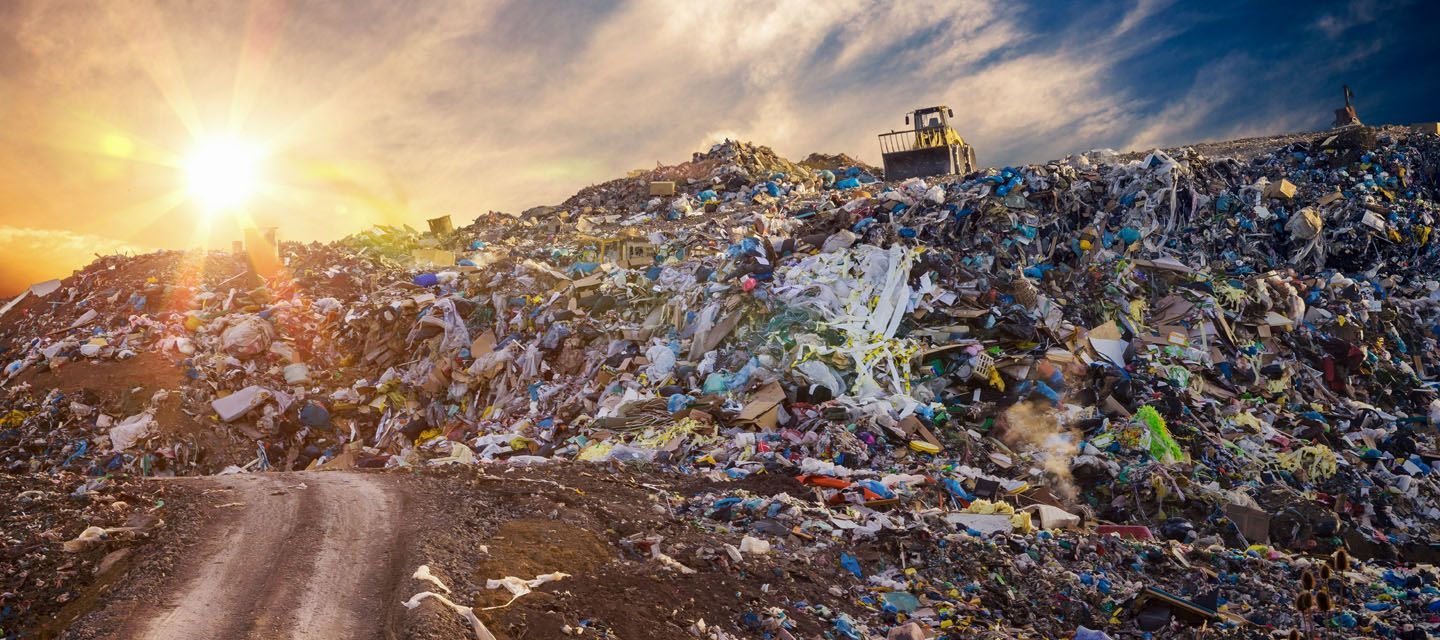Understanding UK Asbestos Regulations: Who is Responsible for Managing Asbestos in Rented Properties?
What is a Duty Holder and who is it when there's no written agreement?

Asbestos is a deadly mineral that was commonly used in construction materials before its ban in the UK in November 1999. The mineral is known to cause a variety of cancers and respiratory diseases, and it is estimated that over 5,000 people die every year in the UK as a result of asbestos exposure. As such, the UK has strict regulations in place to manage asbestos in all types of properties, including rented properties. In this article, we will explore who is responsible for managing asbestos in rented properties, what to do if asbestos is found in your rented property, and how to protect yourself and your family from asbestos exposure.
Introduction to Asbestos Regulations in the UK
The Control of Asbestos Regulations 2012 is the primary legislation that governs the use, management, and removal of asbestos in the UK. The regulations apply to all non-domestic properties, including commercial, industrial, and public buildings, as well as domestic properties, including rented properties.
What is Regulation 4 - The Duty to Manage?
Regulation 4 of the Control of Asbestos Regulations 2012 places a duty on those responsible for non-domestic premises to manage the risk from asbestos. This duty applies to all non-domestic premises, including rented properties, and requires the duty holder to identify any asbestos-containing materials (ACMs) in the property, assess the risk of exposure, and develop a plan to manage the risk.
Who is Responsible for Managing Asbestos in Rented Properties?
Under the Control of Asbestos Regulations 2012, the responsibility for managing asbestos in a rented property falls on the duty holder. The duty holder is the person or organization that has control over the maintenance or repair of the property. In most cases, this will be the landlord or letting agent.
It is important to note that even if the landlord is not aware of the presence of asbestos in the property, they still have a legal duty to manage the risk from asbestos. This means that in the vast majority of cases, the landlord should conduct a survey of the property to identify any ACMs and assess the risk of exposure.
Are Landlords Required to Conduct Asbestos Surveys?
While there is no legal requirement for landlords to conduct asbestos surveys, it is strongly recommended that they do so. A survey will identify any ACMs in the property, assess the risk of exposure, and provide guidance on how to manage the risk. A survey will also provide peace of mind to both the landlord and the tenant, as it will confirm whether or not asbestos is present in the property.
What to Do if Asbestos is Found in Your Rented Property
If asbestos is found in your rented property, the landlord has a legal duty to manage the risk from the asbestos. The landlord should develop a plan to manage the risk, which may include sealing or encapsulating the asbestos, or removing it if necessary.
As a tenant, it is important to cooperate with the landlord in managing the risk from asbestos. This may involve vacating the property during any asbestos removal work or taking precautions such as closing doors and windows to prevent the spread of asbestos fibres.
How to Protect Yourself and Your Family from Asbestos Exposure
Asbestos exposure can cause a variety of cancers and respiratory diseases, so it is important to take steps to protect yourself and your family from exposure. If you suspect that your rented property may contain asbestos, you should contact your landlord immediately.
If asbestos is present in the property, the landlord should take steps to manage the risk, such as sealing or encapsulating the asbestos. As a tenant, you should follow any instructions provided by the landlord to minimize the risk of exposure.
Penalties for Non-Compliance with Asbestos Regulations
Non-compliance with asbestos regulations can result in serious penalties, including fines and imprisonment. Landlords who fail to manage the risk from asbestos in their rented properties can face fines of up to £20,000 or even imprisonment.
Asbestos-Related Illnesses and Their Symptoms
Asbestos exposure can cause a variety of illnesses, including mesothelioma, lung cancer, and asbestosis. These illnesses can take decades to develop, and symptoms may not appear until many years after the initial exposure.
Symptoms of asbestos-related illnesses can include shortness of breath, coughing, chest pain, and fatigue. If you experience any of these symptoms, you should contact your doctor immediately and inform them of any potential asbestos exposure.
How to Identify Asbestos-Containing Materials in Your Rented Property
Asbestos was commonly used in a variety of construction materials, including insulation, ceiling tiles, and cement products. If you suspect that your rented property may contain asbestos, you should contact your landlord and ask them to conduct a survey to identify any ACMs in the property.
If you are planning to carry out any DIY work in the property, it is important to be aware of the potential for asbestos exposure. You should take precautions such as wearing a mask and gloves and avoid disturbing any materials that may contain asbestos.
Conclusion and Recommendations for Renters
In conclusion, asbestos is a deadly mineral that can still be found in many properties in the UK, including rented properties. As a tenant, it is important to be aware of the potential for asbestos exposure and to cooperate with your landlord in managing the risk.
If you suspect that your rented property may contain asbestos, you should contact your landlord immediately and ask them to conduct a survey. If asbestos is found, the landlord should develop a plan to manage the risk, and you should follow any instructions provided to minimize the risk of exposure.
Remember, asbestos exposure can cause serious illnesses, and it can take decades for symptoms to appear. If you experience any symptoms of asbestos-related illnesses, you should contact your doctor immediately and inform them of any potential asbestos exposure.
As renters, we have the right to live in safe and healthy homes. By working together with our landlords to manage the risk from asbestos, we can help to prevent the devastating effects of asbestos exposure.
If you suspect that your rented property may contain asbestos, contact your landlord immediately and ask them to contact Consulo Compliance or another professional asbestos consultancy to conduct a survey.
If you have any concerns about asbestos exposure, consult a medical professional.









